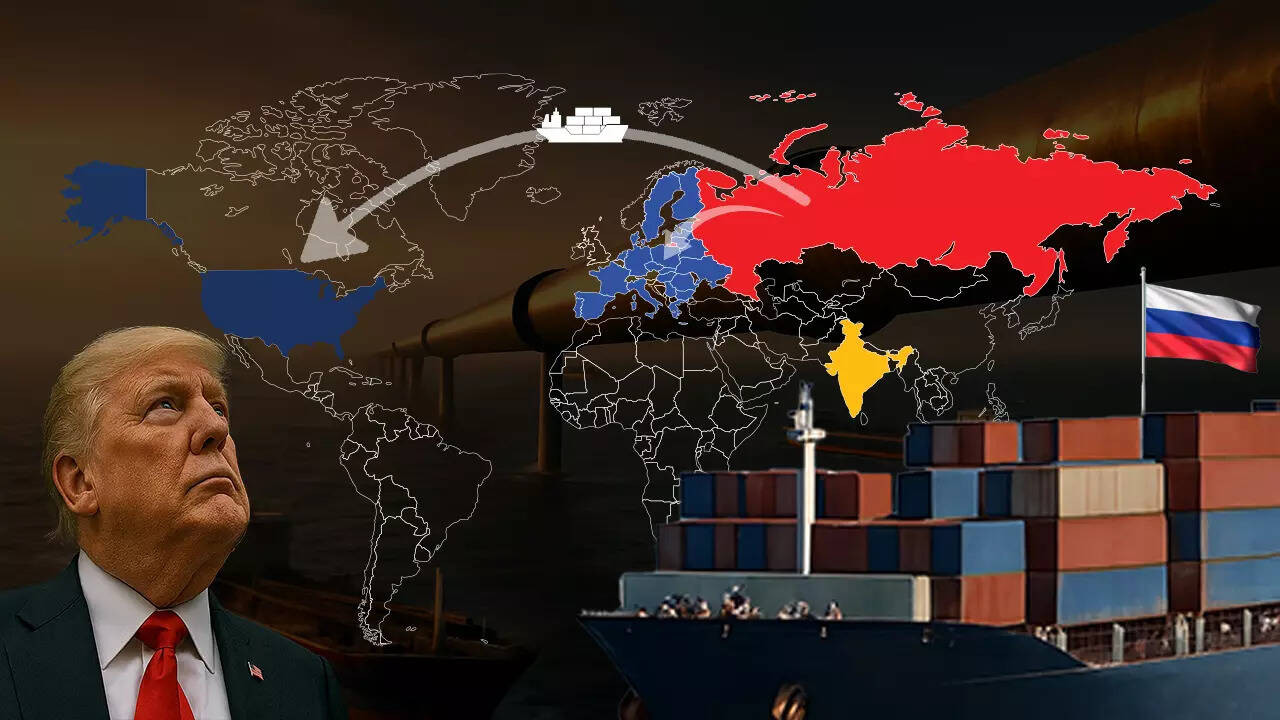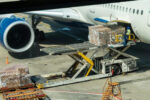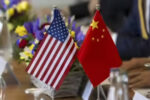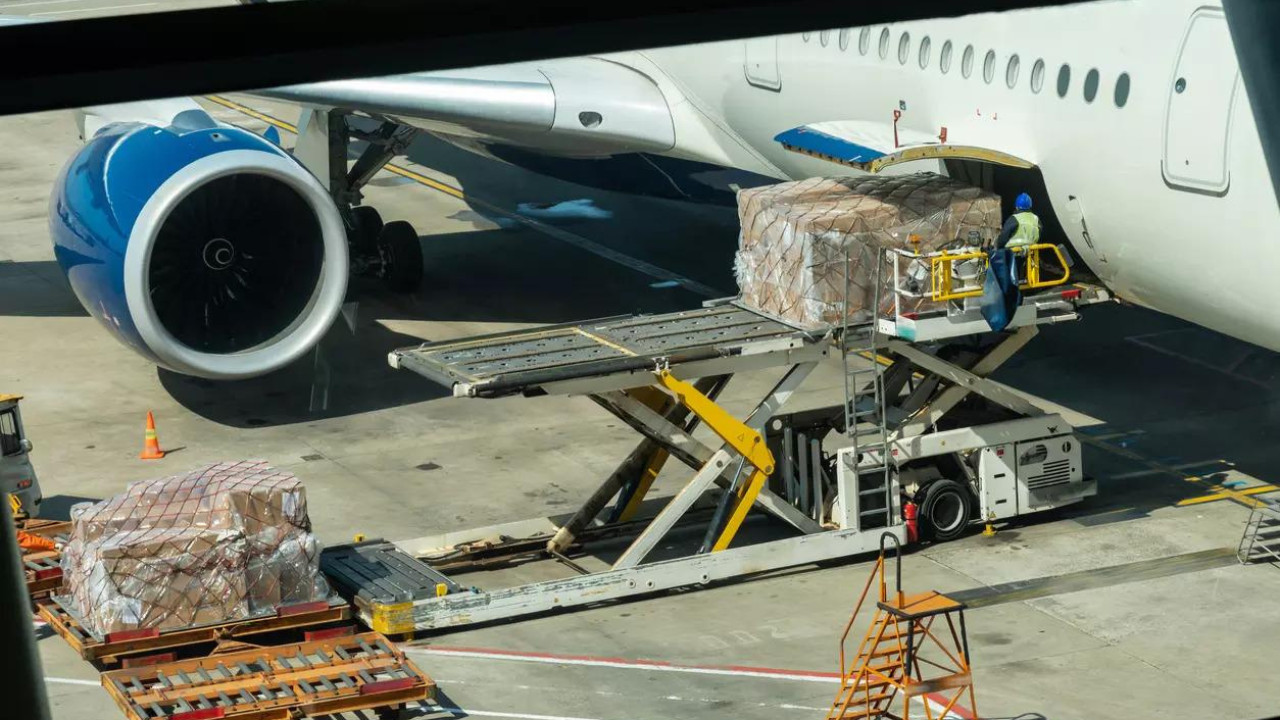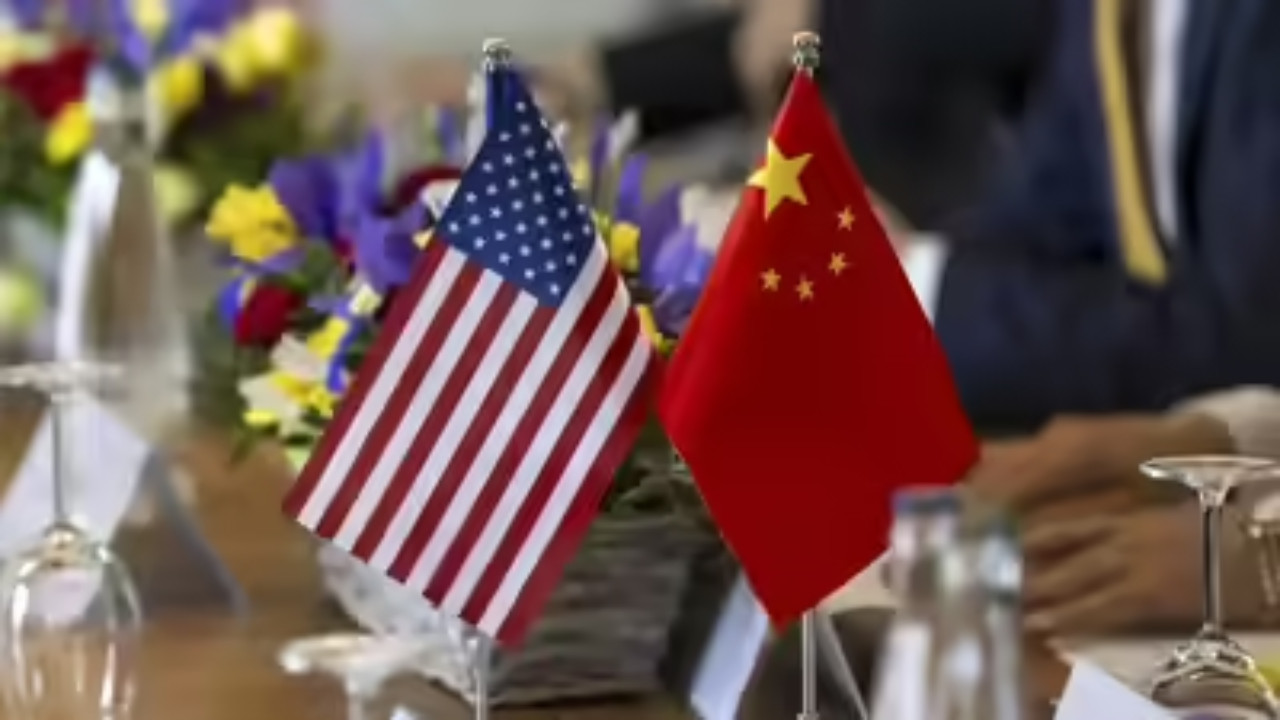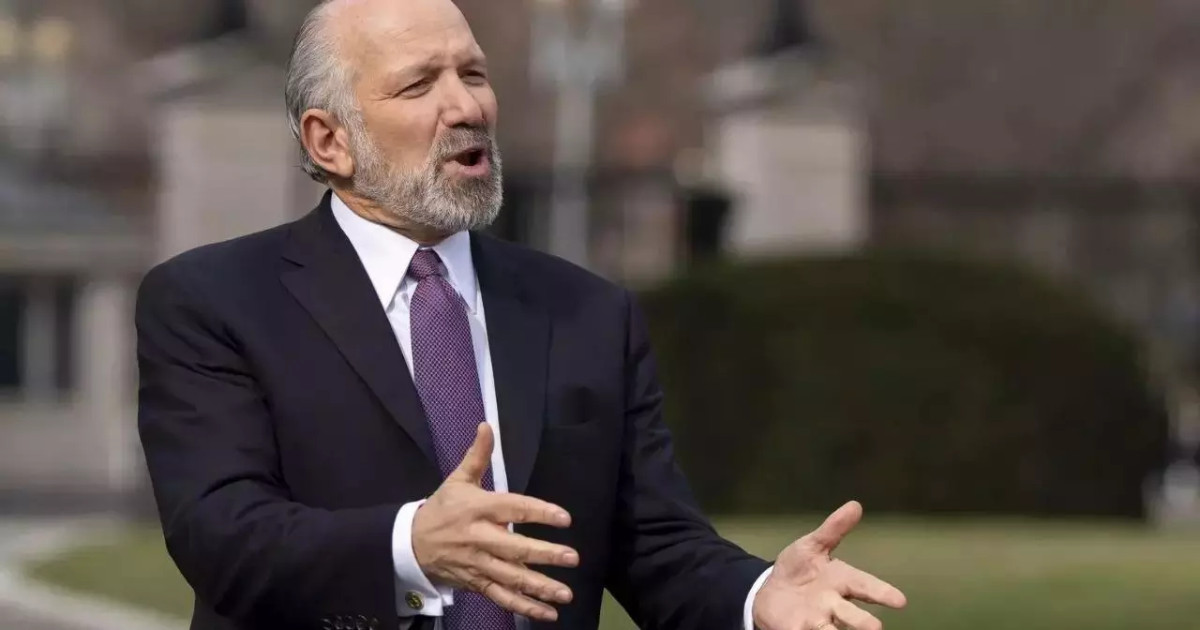Despite US President Trump’s threats of increased tariffs on India due to its oil trade with Russia, the EU and America continue to import billions worth of Russian energy and commodities. India has called out this hypocrisy, highlighting the significant trade relations that persist between the West and Russia, including LNG, uranium, and fertilizers.
The Unexpected Resilience of Trade: Why Sanctions Aren’t Always What They Seem
The world stage is rarely as straightforward as a chess game. We often hear strong rhetoric and bold pronouncements about economic warfare, trade sanctions, and the isolation of nations. But how do these measures really play out in the complex web of global commerce? Recent data suggests that the reality is far more nuanced than the headlines often suggest, particularly regarding trade with Russia.
While political tensions remain high and numerous sanctions are in place, a deeper look reveals that the flow of goods continues, albeit with some significant shifts in direction. The United States and Europe, despite their vocal condemnation of Russia’s actions, haven’t entirely cut ties. Billions of dollars worth of goods continue to cross borders, raising questions about the true effectiveness – or perhaps, the intended limitations – of these economic policies.
Decoding the Data: Who’s Still Trading and What Are They Buying?
It’s easy to assume a complete cessation of trade when sanctions are announced. However, the actual picture is far more intricate. Consider the energy sector. Europe’s dependence on Russian gas and oil, while decreasing, hasn’t vanished overnight. The transition to alternative energy sources and suppliers is a gradual process, leaving a significant gap that, in many cases, is still being filled by Russian exports. Certain critical raw materials, essential for manufacturing and other industries, also continue to flow.

The types of goods being traded are crucial to understanding the situation. While luxury goods and certain technologies might be heavily restricted, essential commodities like fertilizers, certain metals, and, of course, energy products often find a way through. Loopholes, exemptions, and the sheer difficulty of completely disentangling deeply rooted trade relationships contribute to this continued flow.
India’s Balancing Act: A Strategic Opportunity?
So, where does India fit into this complex equation? India’s relationship with Russia has become a focal point. While not endorsing the conflict, India has maintained a pragmatic approach, continuing to import Russian oil at discounted prices. This has provided a significant economic benefit, helping to mitigate rising energy costs domestically.
This decision hasn’t been without its critics. Western nations have expressed concerns about potentially undermining the effectiveness of sanctions. However, India defends its position as being driven by its own energy security needs and the welfare of its population. The situation highlights the tightrope walk many nations face, balancing geopolitical considerations with their own economic interests.
Furthermore, India has strategically increased its exports to other countries, potentially filling some of the gaps left by reduced trade between Russia and the West. This illustrates the fluidity of the global market and the ability of nations to adapt and capitalize on shifting trade dynamics.
Are Sanctions Truly Effective?
The central question remains: are sanctions achieving their intended purpose? The answer is undoubtedly complex. While they undoubtedly inflict economic pain on Russia, forcing adjustments and creating challenges, they haven’t brought the economy to a standstill. The continued flow of goods, the rise of alternative trade partners, and the existence of loopholes all contribute to the resilience of the Russian economy.
Moreover, sanctions can have unintended consequences, impacting the economies of the very nations imposing them. Increased energy prices, disruptions to supply chains, and inflationary pressures are all potential side effects. This underlines the need for careful consideration and a nuanced approach when deploying economic sanctions as a tool of foreign policy.
Read more about India’s economic strategy and its impact on the global market here: [Link to a related blog post on Indian Economy].
Looking Ahead: A New Era of Global Trade?
The current situation underscores the interconnectedness of the global economy and the limitations of purely unilateral action. The future of international trade is likely to be characterized by increased regionalization, diversification of supply chains, and a greater emphasis on energy independence. Nations will need to navigate a complex landscape, balancing geopolitical considerations with their own economic interests. The effectiveness of sanctions will continue to be debated, and the search for alternative strategies to address international conflict will remain a critical priority. Ultimately, the resilience of global trade suggests that economic ties, once established, are difficult to sever completely, even in the face of significant political and ideological differences.
